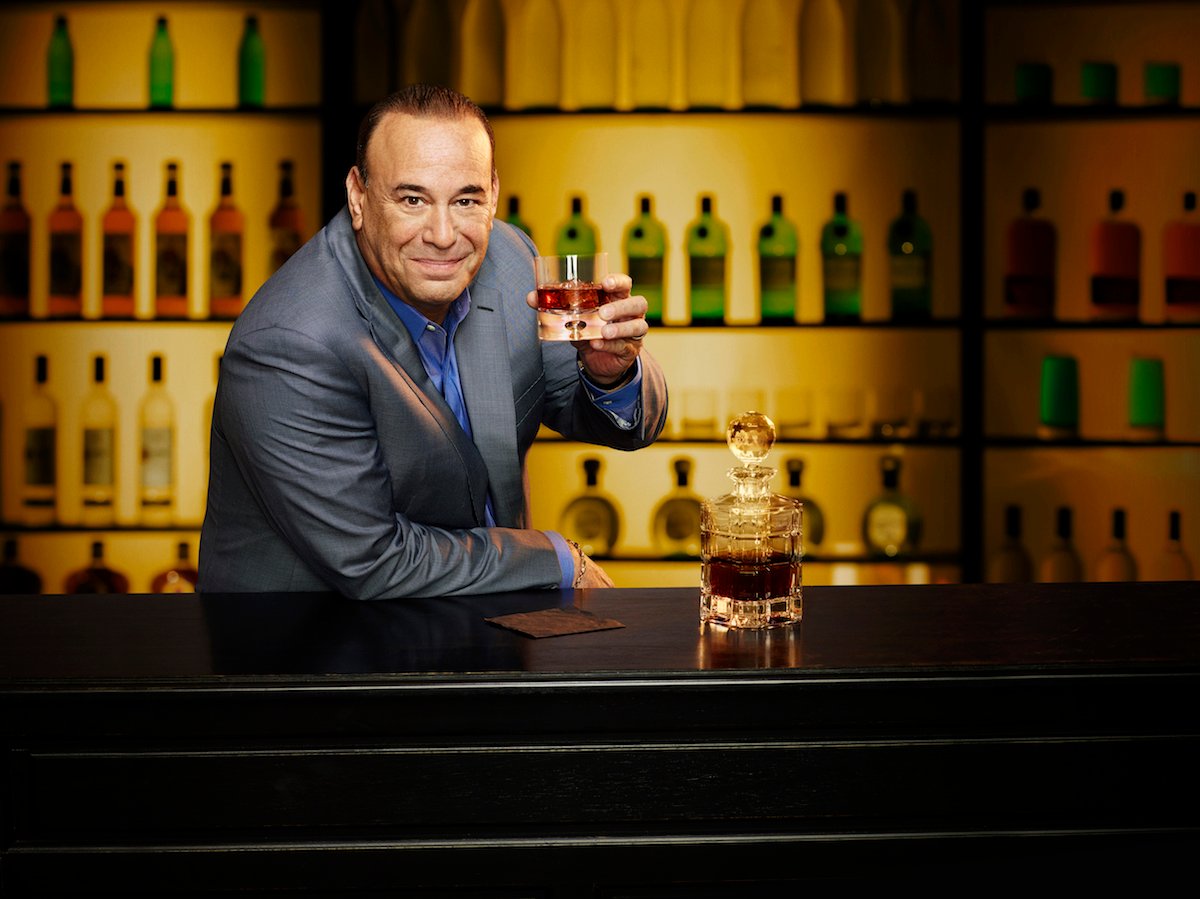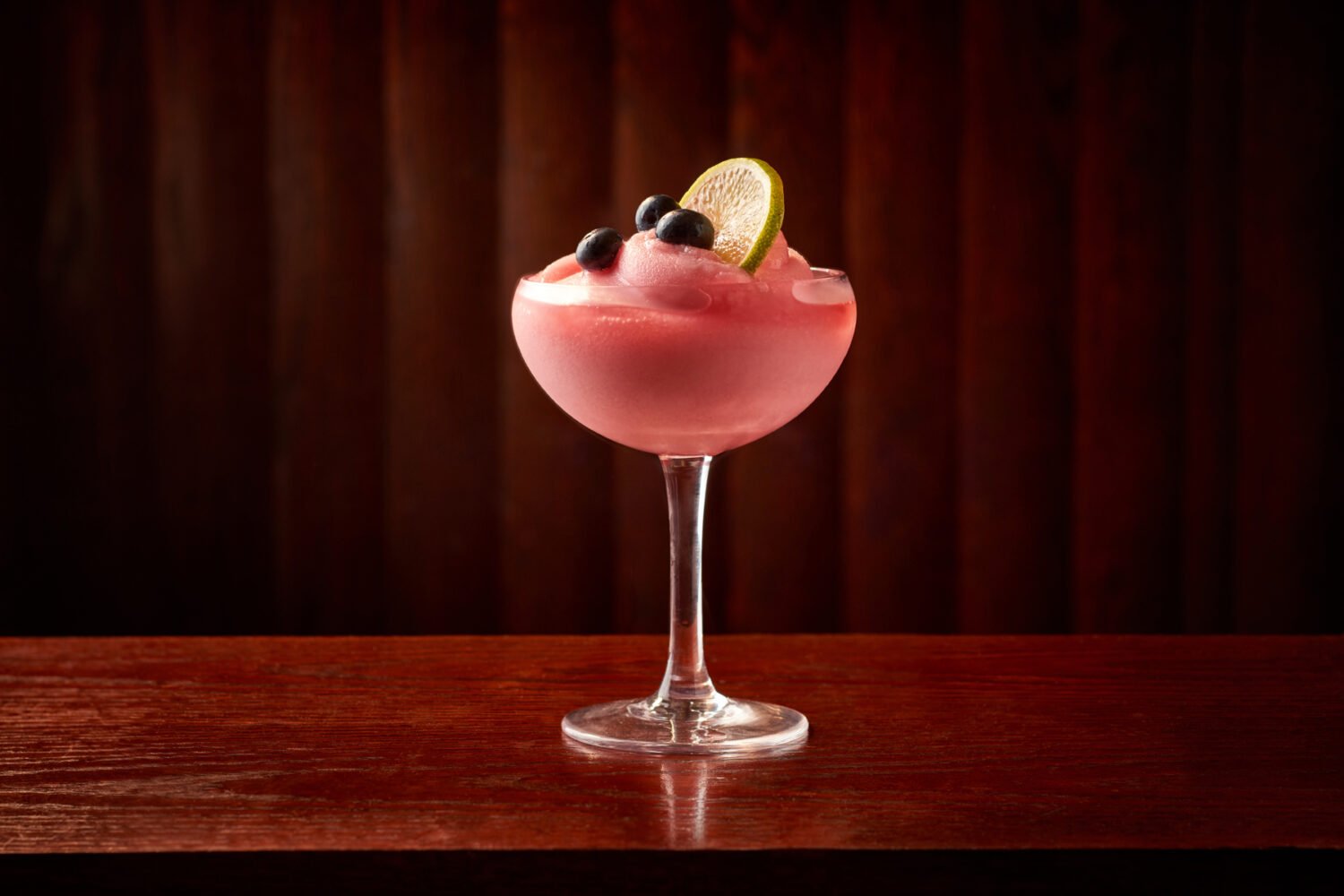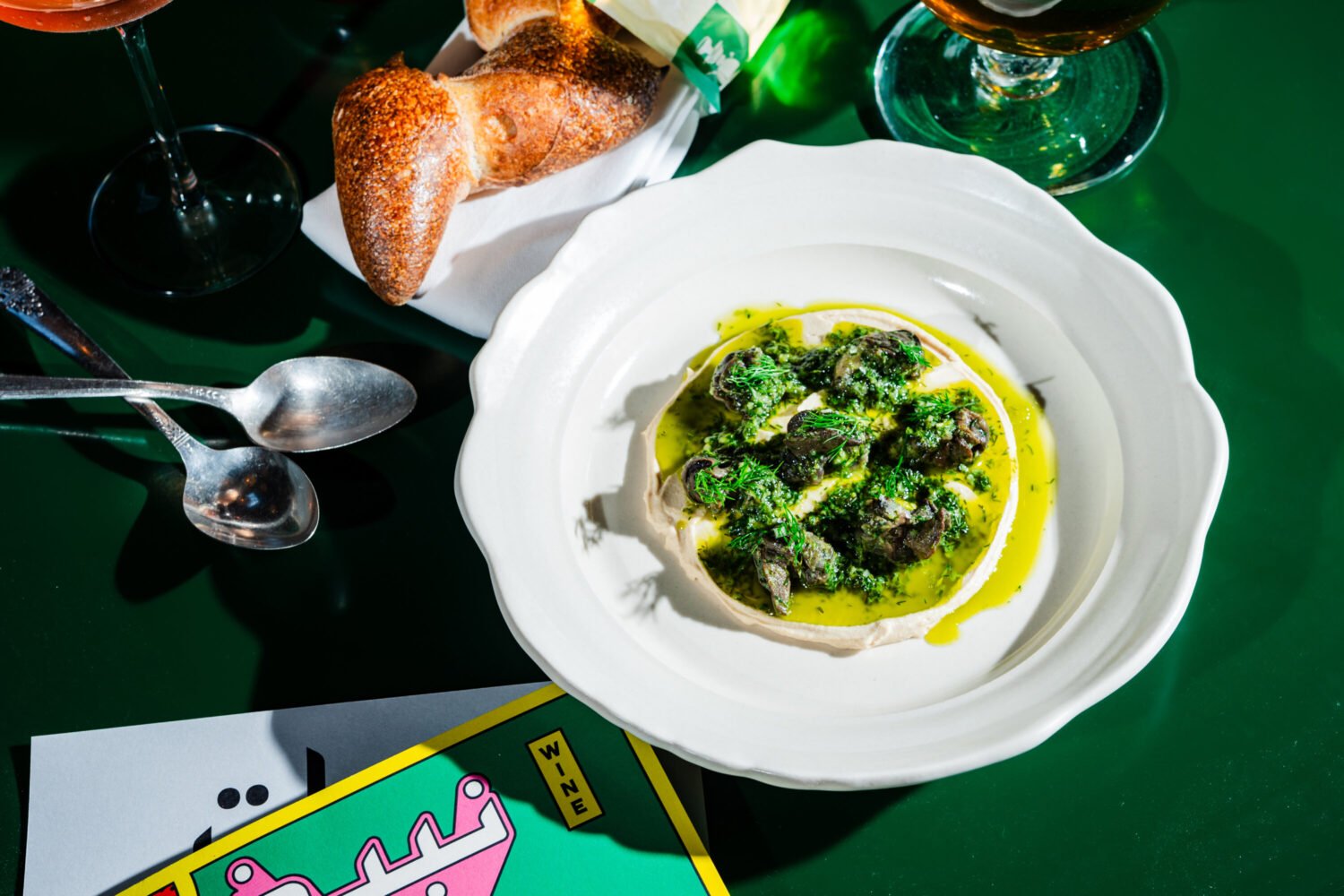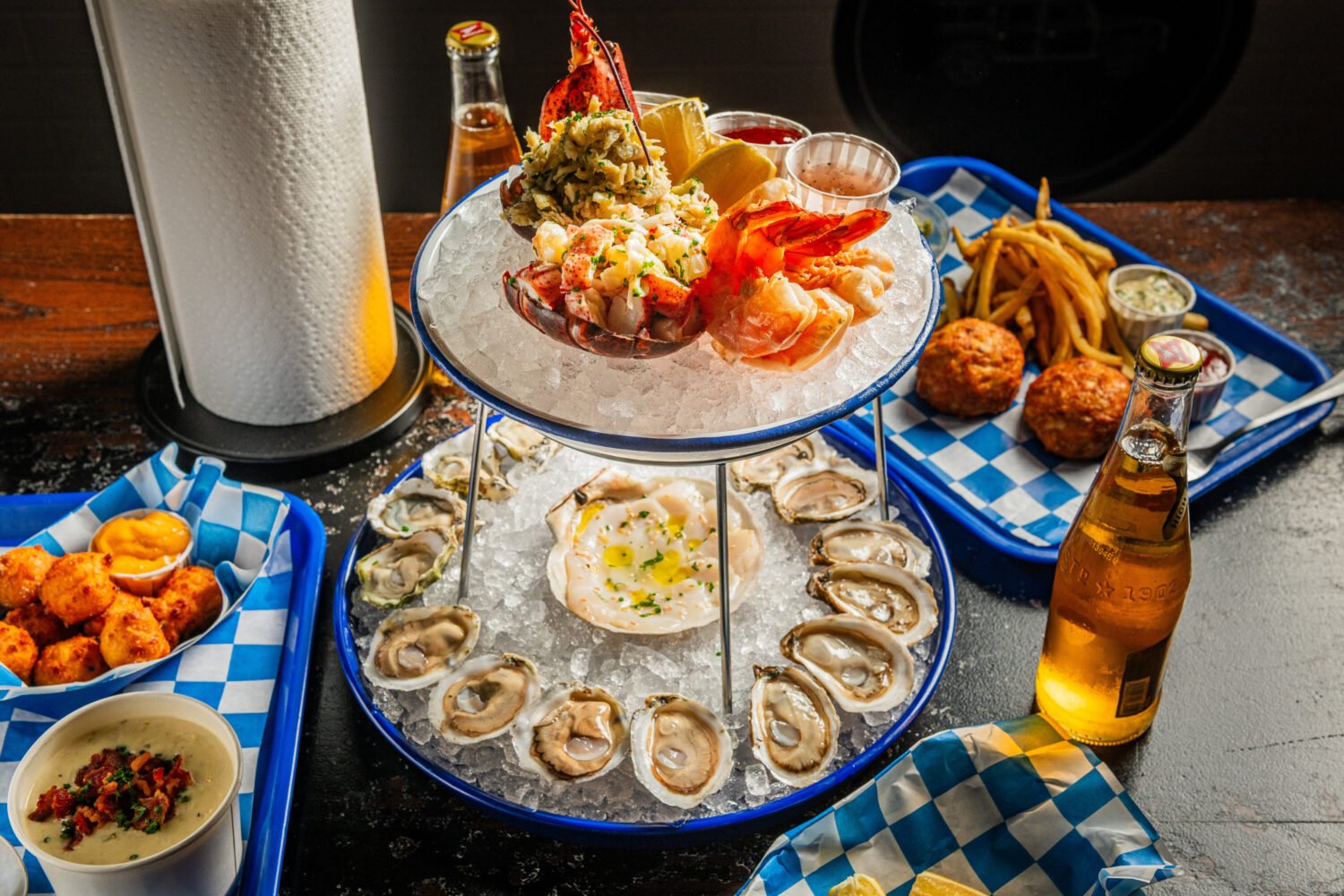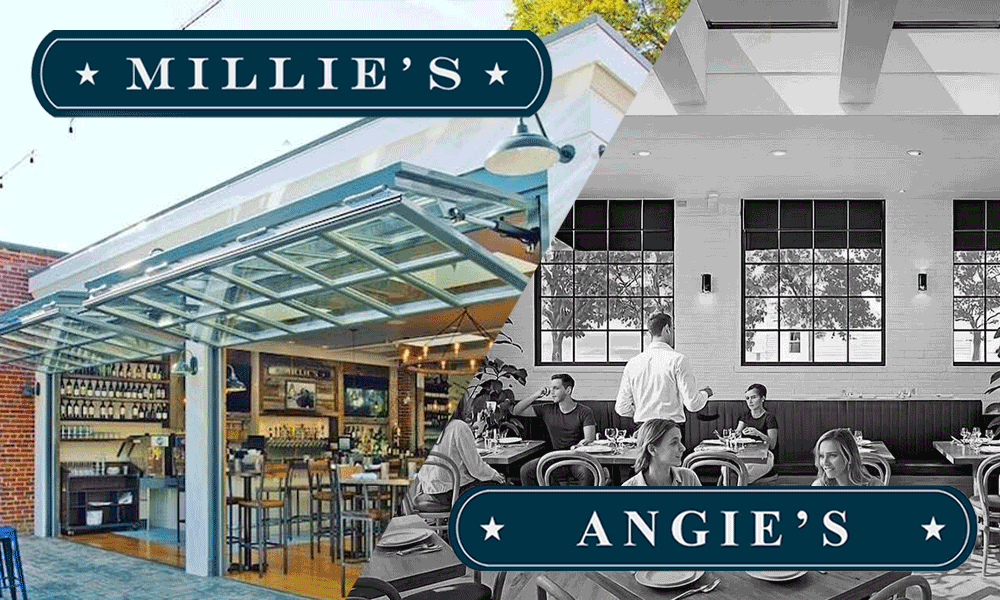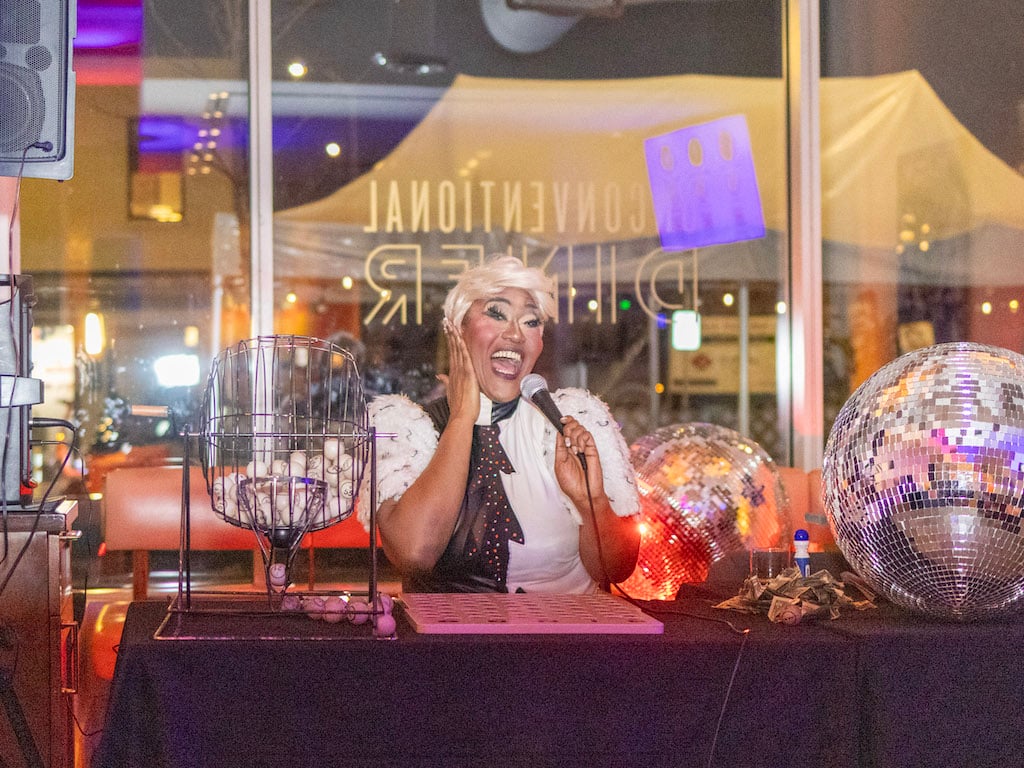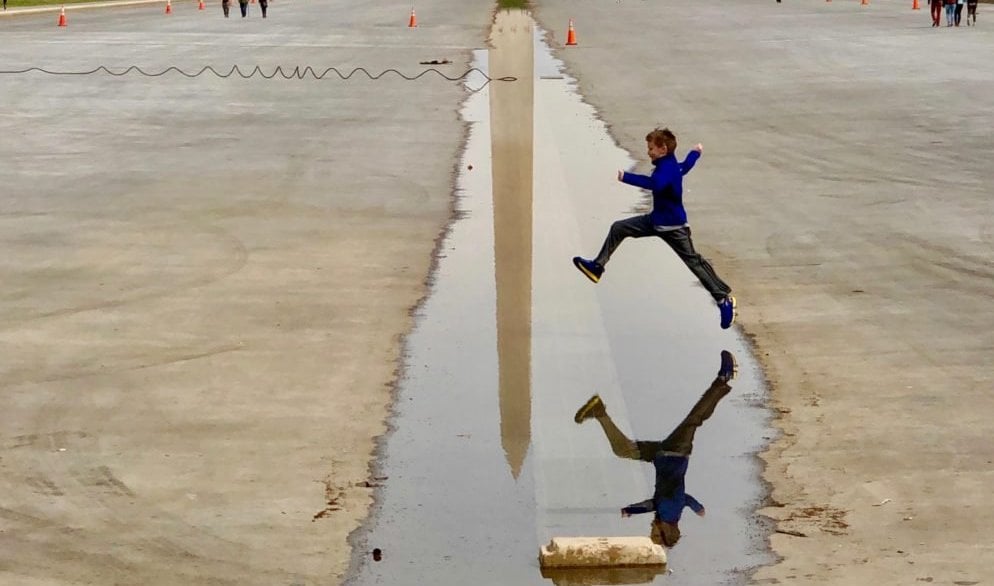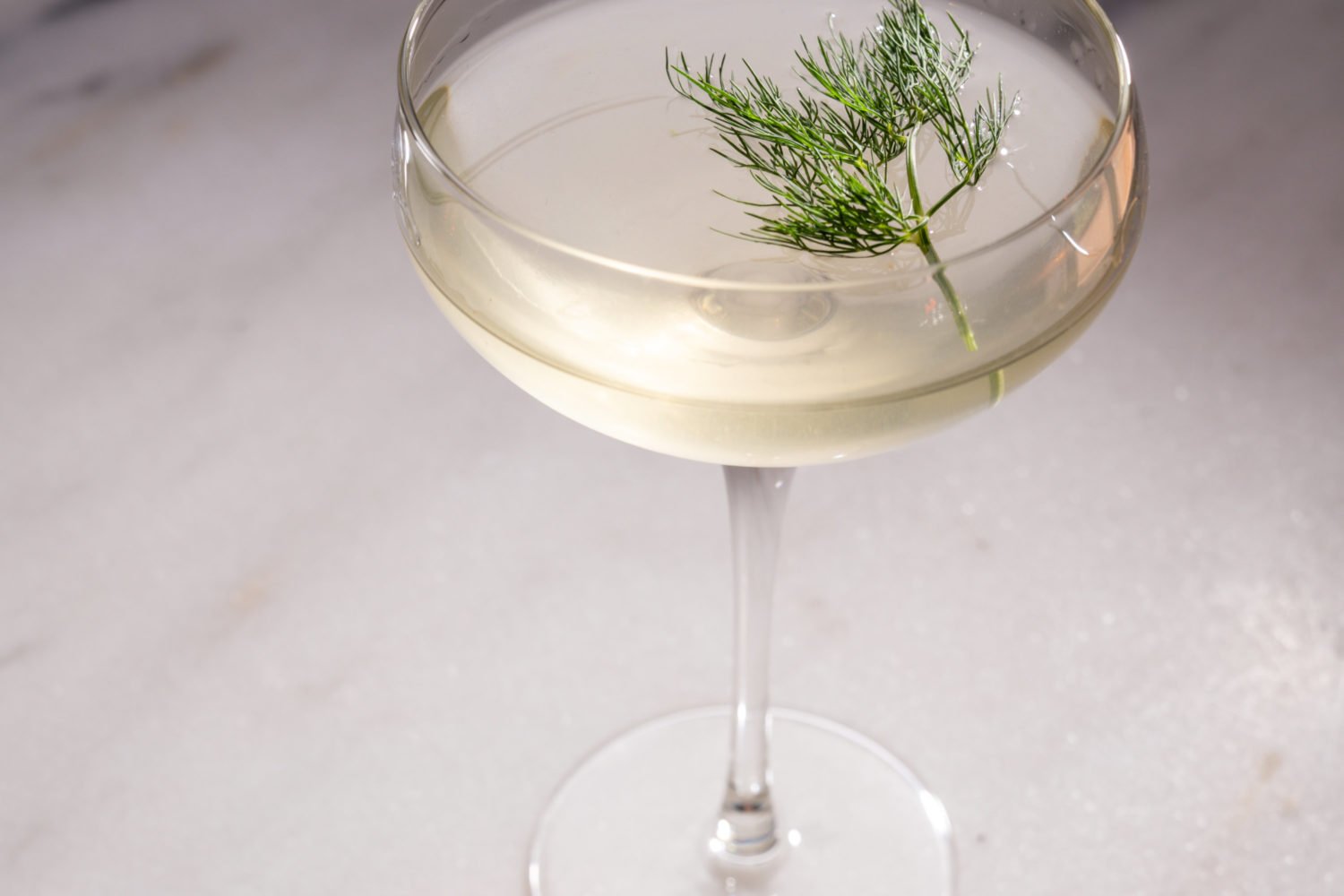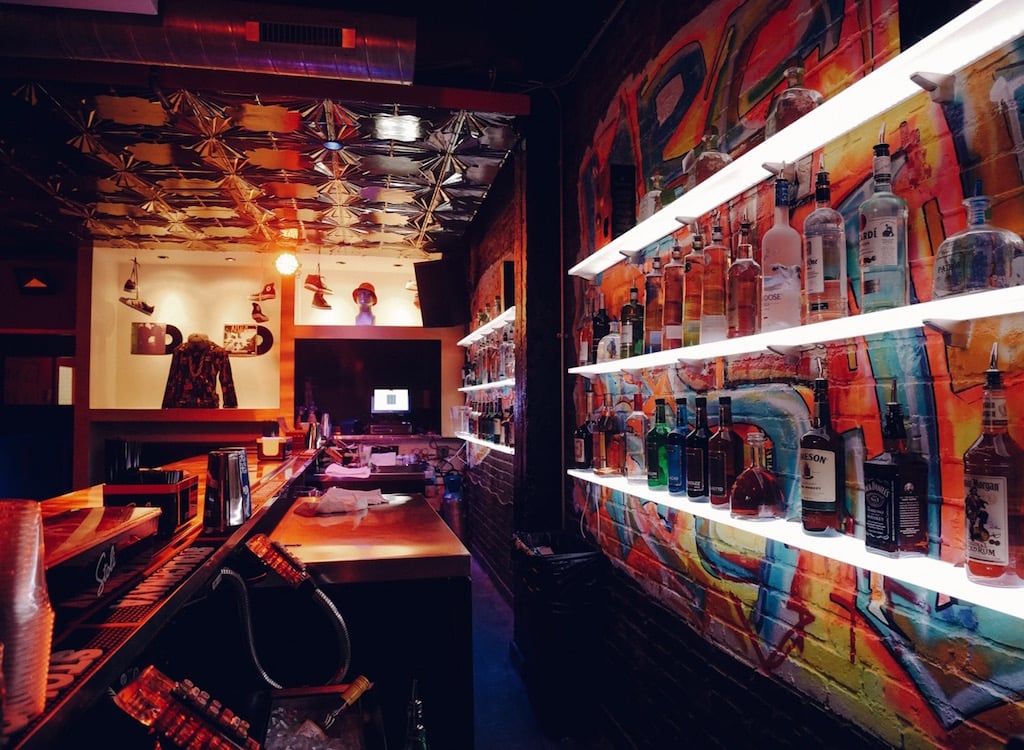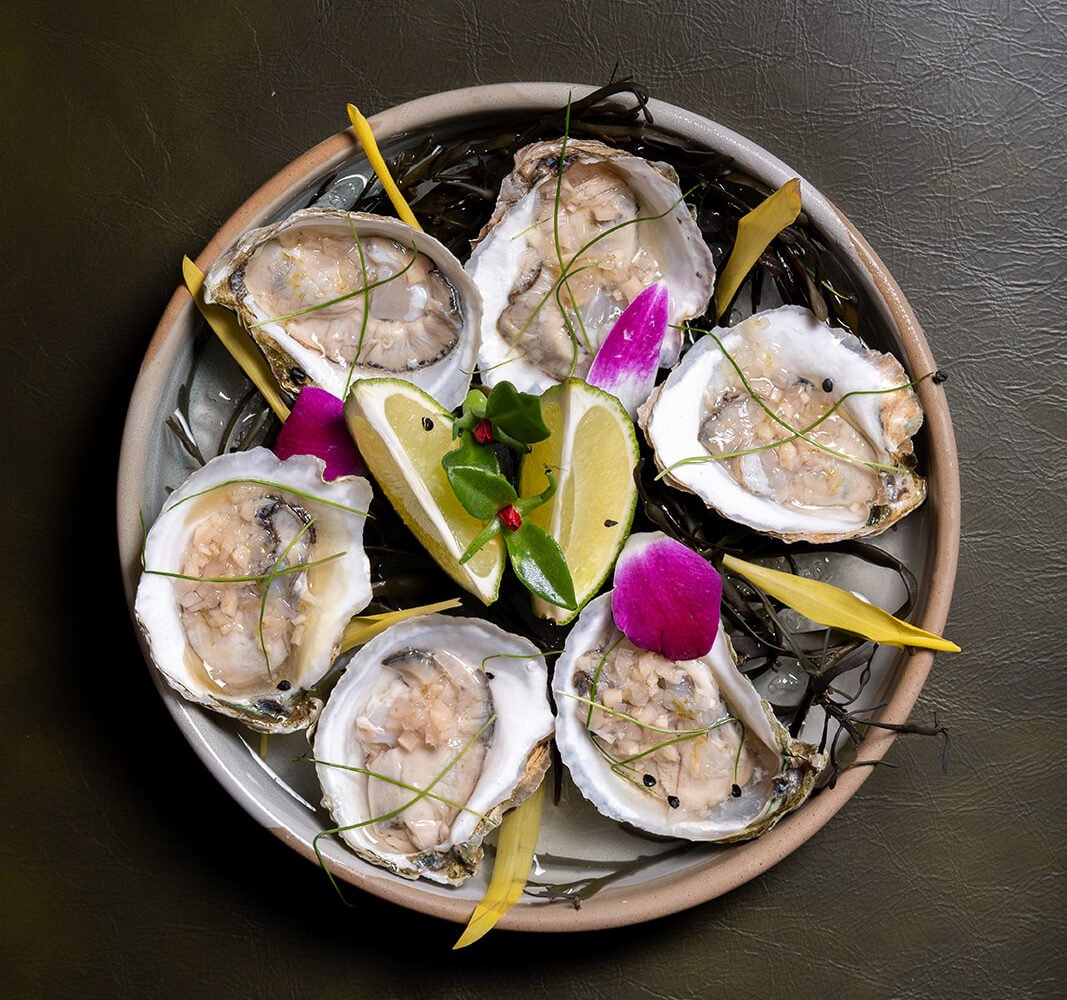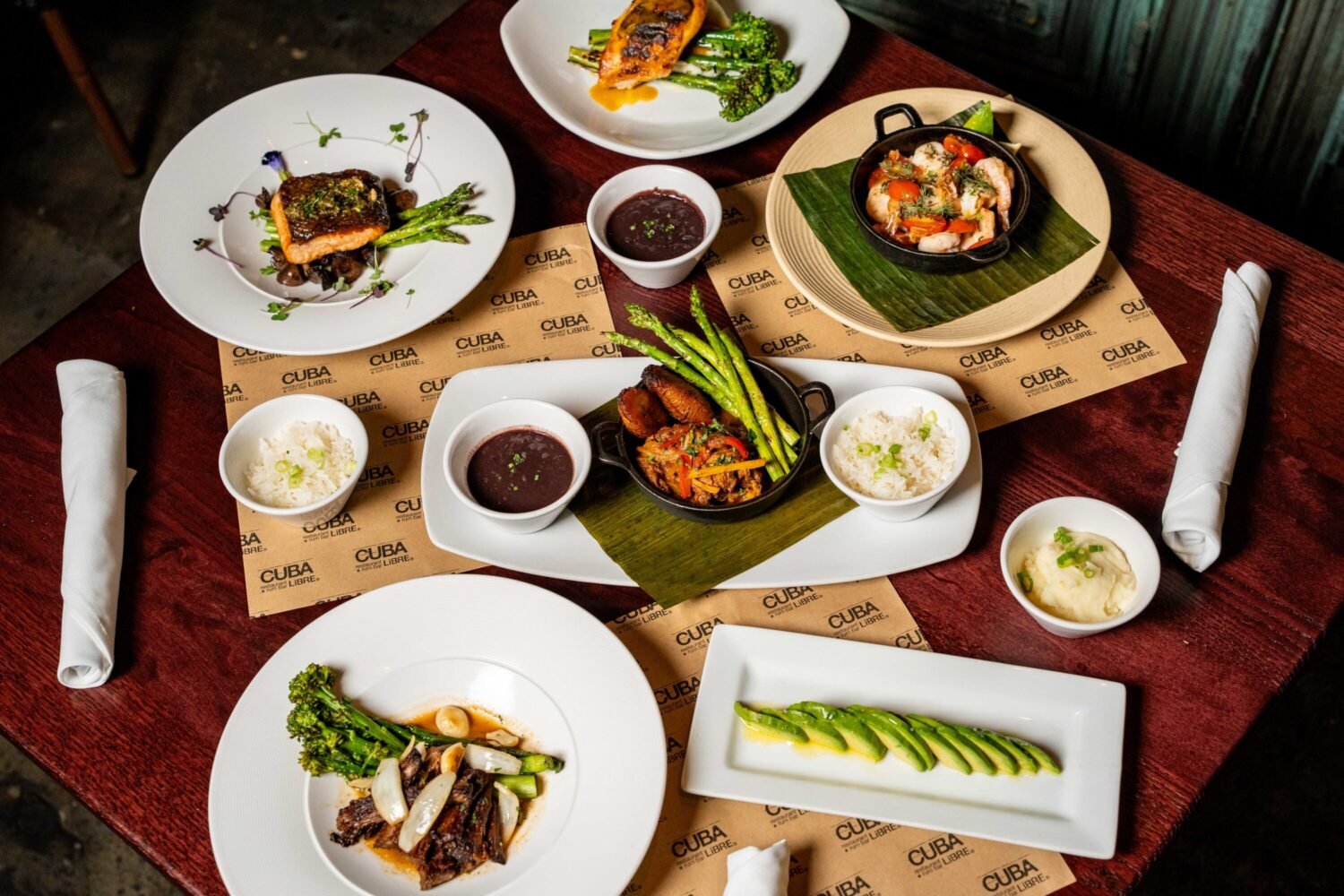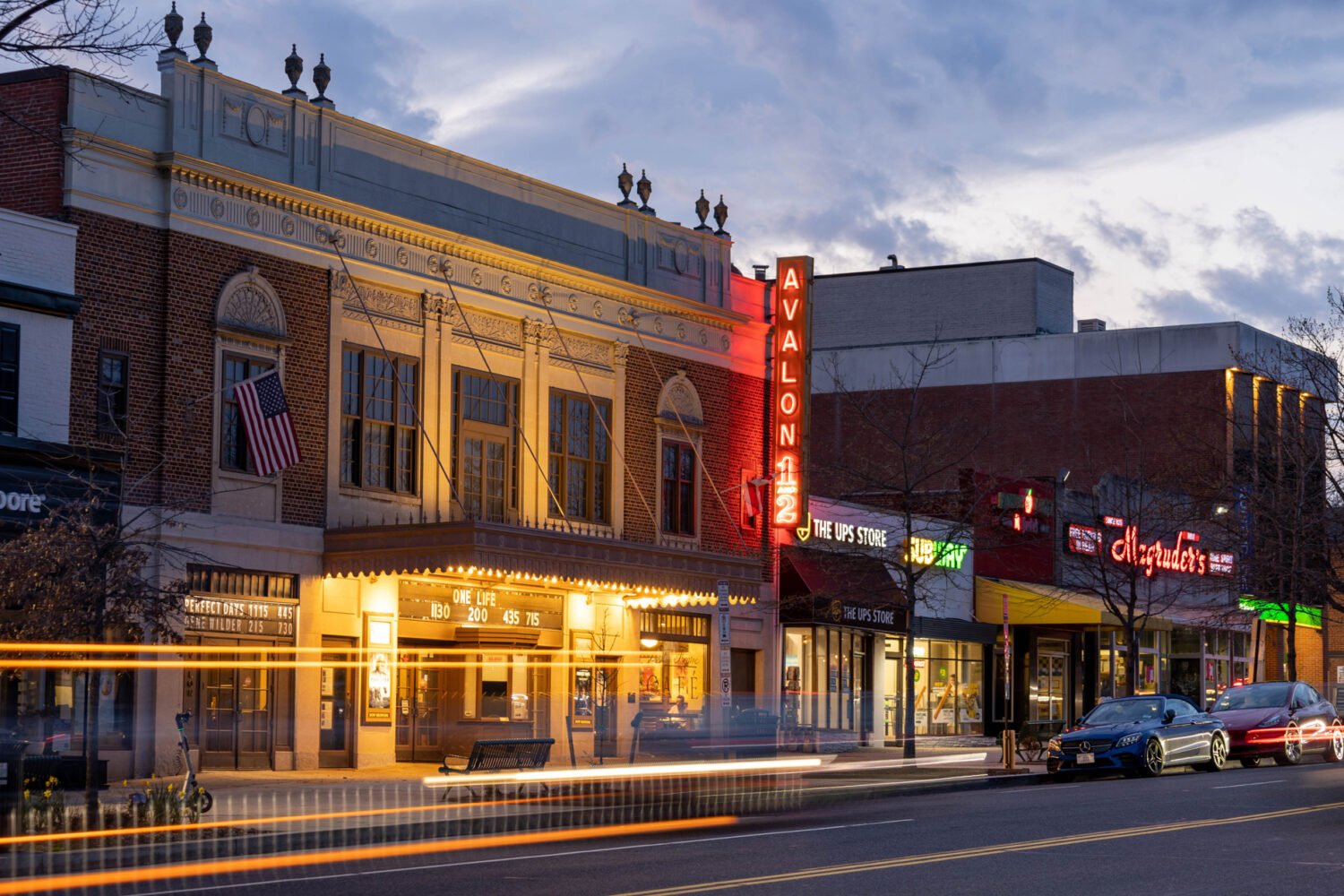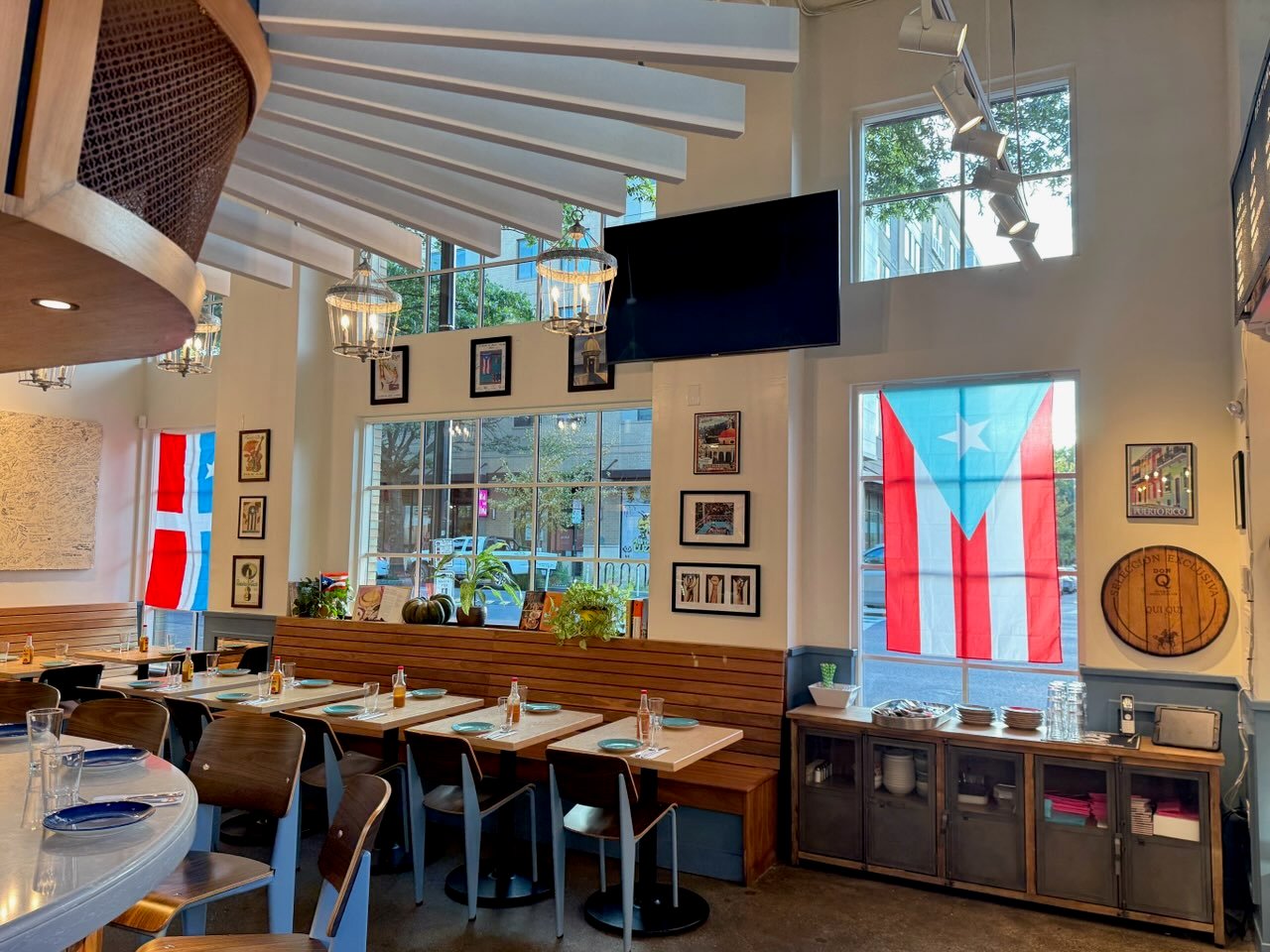Jon Taffer is on quarantine day 47-something at his home in Las Vegas, doing typical pandemic things —streaming Ozark, mixing coconutty cocktails, and playing with his “doggies.” But unlike the rest of us, the Bar Rescue host—known as “the Gordon Ramsay of the bar world” for his shouty television persona—is distracting himself by brainstorming ways to revive the American bar industry and his hit reality TV series post-pandemic.
Taffer’s “shut it down!” tagline, often bellowed at a business owner whose staff is drinking on the job and whose kitchen is rife with mold, became obsolete overnight with Covid-19. With everything actually shut down, the emphatic producer is now all about reopening institutions. And also, opening his own—including two DC-area franchise locations of his ultra-hygienic, sous vide-centric Taffer’s Taverns. Locations have yet to be announced, but one will be in the District and the other in the suburbs. Taffer got his start in the business opening the Bartender’s Academy on K Street and in Arlington (it’s now called the Bartending School), and had a less successful stint remaking Piratz Tavern in Silver Spring.
We chatted with the Don’t Bullsh*t Yourself! author about what he thinks it’ll take to reopen bars, which ones will thrive, and his future plans for Bar Rescue.
Some people say bars will have to reopen later that restaurants. What are your thoughts?
The great thing about a bar [without a kitchen] is you can open with one employee. You don’t necessarily have to have servers. You could put one person behind a bar and open for business. A bar has an advantage over a restaurant because it can open for much less money each day.
On the other hand, look at what happened in Texas, where they created a 25 percent occupancy rule. I never thought we’d lose 75 percent occupancy. Strangers are not going to stand six feet apart and talk to each other. The whole premise of interaction becomes challenged. That whole premise of packing a bar—that can’t be now. Imagine a local bar you like going to. You like going for a lot of reasons, but many are the way it feels—the music, the energy, the fact it’s busy. Now you walk into that bar and it’s 50 to 25 percent the amount of people it used to be, the energy and the feeling is going to change greatly. I see a path for restaurants that’s clearer to me than the path I see for bars.
Will people be more hesitant to go back to bars versus other businesses?
I believe when the pandemic ends, a third of the population is going to come right back. I believe that. Another third of the population will be what I call ‘the reserves.’ They’re going to watch the first third, and if there are no illnesses, and the restaurants and bars look clean and safe, they’ll come back. The last is the uncertain third. They’re not going to come back until they know it’s safe, until there’s a vaccine or we really control this—we’re not going to see those people for awhile. The first third can support our industry. They’re going to skew younger. Older people are more concerned about infection. And when you look at what skews younger—that’s the best bar audience from a frequency standpoint, the under 35 audience.
So you can’t have crowds, you can’t have that natural energy. If you were going to open tomorrow, how would you get the vibe up?
I think high energy bars are going to suffer the most. The lower-energy, lounge environments are going to suffer the least. Lounge-y bars have less dead seating. It’s more spread out. They’re also not based around dance floors as the center of action. If you’re a nightclub and you can’t use a dance floor, what do you do? In a lounge you can throw a band up on a stage, and that has separation. You can have a piano or guitar player and still provide some entertainment.
Laws have changed so many restaurants and bars can sell wine, beer, and cocktails to-go. Do you think that should continue?
I do. I’ve found over the course of our lives that it’s very difficult for the government to take something away that they’ve given to us. We’re going to need this for awhile. I see people doing deconstructed cocktails, bars selling cocktail mixes. Restaurants and bars are going to change what they’re selling. There are all sorts of opportunities to merchandise differently.
How do you think bar food will change?
I think kitchens will looks more like operating rooms for awhile. We as an industry can’t wear street clothes in the kitchen. We can’t wear baseball hats from home when we’re cooking. We probably have to wear masks. What I’m concerned about— until there’s some level of testing in place—I don’t know whether my employees are sick or not. So many people can have this without symptoms. You’re not being irresponsible, you just don’t know! Every step has to be treated in a sterile way until we can get everybody tested. Until we know our people are safe, our processes have to be safer.
Tell me more about what Taffer’s Tavern might look like in DC and your “safe dining system.”
We created this before Corona. Two years ago, the industry had a problem that doesn’t exist right now: we were faced with high labor costs, no labor pool, and the employees we were getting tended to be new Americans that don’t communicate so well. I wanted to create the casual dining concept of the future that employed robotic cooking, no hoods, no raw product. All sous-vide product so I could employ a kitchen with half as many employees that didn’t require that high level of training and communication. I worked with a company based in your [DC-area] called Cuisine Solutions that’s the world’s largest sous vide company and we put together the world’s best sous vide menu—72 hour short ribs and unbelievable quality proteins. As a result we don’t have any raw food, any hoods, any grease. And we have no human contact with robotic and computerized cooking.
Taking that a step further, we compartmentalized three things in the restaurant to keep people safe. A server can’t touch money anymore. We’ll have hardware to pay at the table so you don’t have to interact with individuals. Next, when it comes to running food or taking drinks from the bar, we’ll have food runners dressed in white bringing only those things. You won’t see tables pre-set with silverware that was potentially there from the last guest. The server then just serves the table—they’ll pick up plates, take orders on a tablet, refill water glasses. It’s a whole system, from the way food comes in the back to your table, to keep you safe.
Speaking of hygiene, the entertainment value of Bar Rescue is the transformation of these poorly run, often unsanitary businesses. I can’t imagine a lot of those businesses reopening after Covid or surviving in this new era. Are you going to have to change your format?
Yes. What we’re talking about now is the whole premise of Bar Rescue resetting America. Our industry has very different challenges. The sad part is, there are restaurants that’ve been open for 25 years, local institutions that aren’t going to survive this thing. And that’s horrifying when you think about it. Bar Rescue going forward is probably revitalizing and saving those types of restaurants where there’s a history and they mean something to the community. Either their legs have been cut off or they’re not even open after the pandemic. It’s different. I think of it like the post-hurricane format of Bar Rescue. We’re coming in to help successful people get back on their feet again. Sounds pretty good, doesn’t it?
Do you have any personal favorite bars are restaurant you can’t wait to see reopen?
When I picture the bars I want to go back to, I picture the people. That’s what really bums me out. I don’t miss the drinks. I have a heck of a bar at home. I miss the people. I’m so proud of our industry now—I’m so proud of the breweries and distillers who’ve given millions of dollars to the Restaurant Employee Relief Fund. I’m proud of the work that the National Restaurant Association is doing. A lot of people have really stepped up during this time. Restaurant employees want to come in and clean for free so they’re ready to reopen. Employers are paying their employees to stay home just to keep them alive. There’s so much good will if you peel off the layers. I’m seeing our industry support each other powerfully. And I believe the consumer will support us too and come back.
I want to leave you with this thought. The second public building ever built in America was a pub. The first was a church. Our Declaration of Independence was discussed in bars. State boundaries were discussed in bars. Our original businesses were conceived in bars. The first distillery in America was George Washington’s. This is an important part of the fiber of America and we need to protect these communities and these places. They mean so much more than a drink.

